Post by Chaya Krieg, undergraduate in Psychology pursuing an Interdisciplinary Neuroscience minor at Portland State University. Chaya is working in Dr. Andy Mashburn’s lab, contributing to The Mindfulness Pre-K Project at PSU.
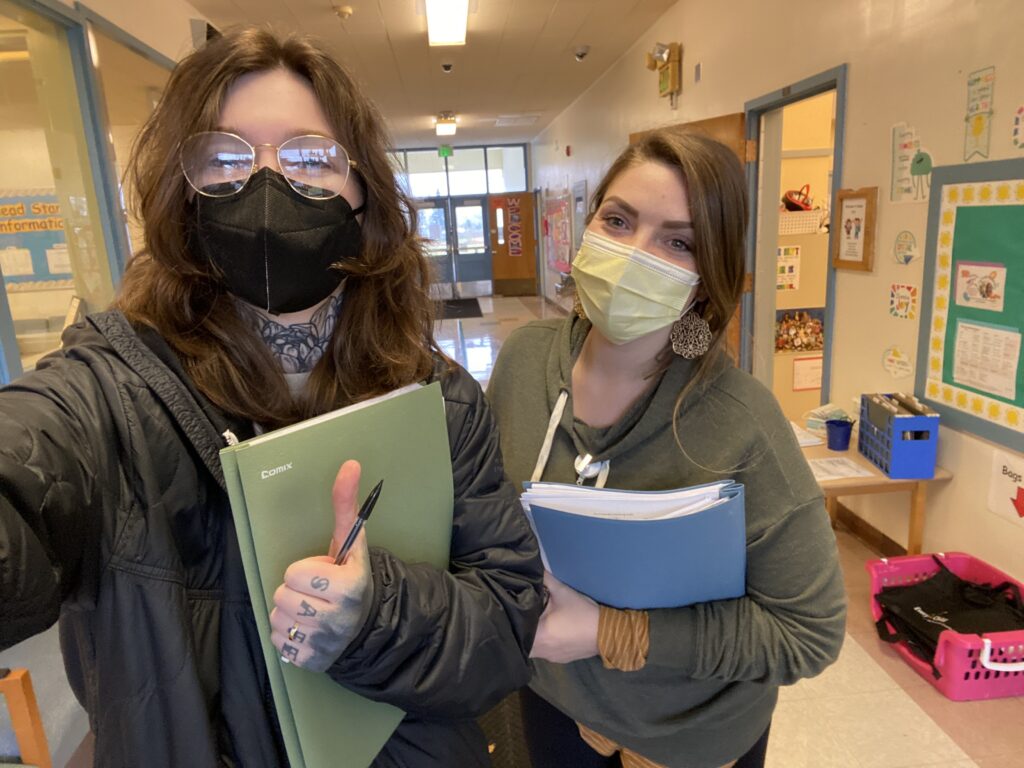
Growing up I never saw myself going to college, let alone studying Psychology and Interdisciplinary Neuroscience. So when I graduated high school back in 2015 I decided to move from Pennsylvania to Oregon and started my career as Barber.

LEARN MORE: How to Become a Barber
LEARN MORE: Barber Schools and License Requirements in Oregon
Throughout these years I started realizing that I wasn’t on the right path. I had a passion for Psychology that I wasn’t using. Fast-forward to now, I’m in my Junior year at Portland State University, I’m a full-time student but also a part of an amazing research team working with The Mindfulness Pre-K Project.
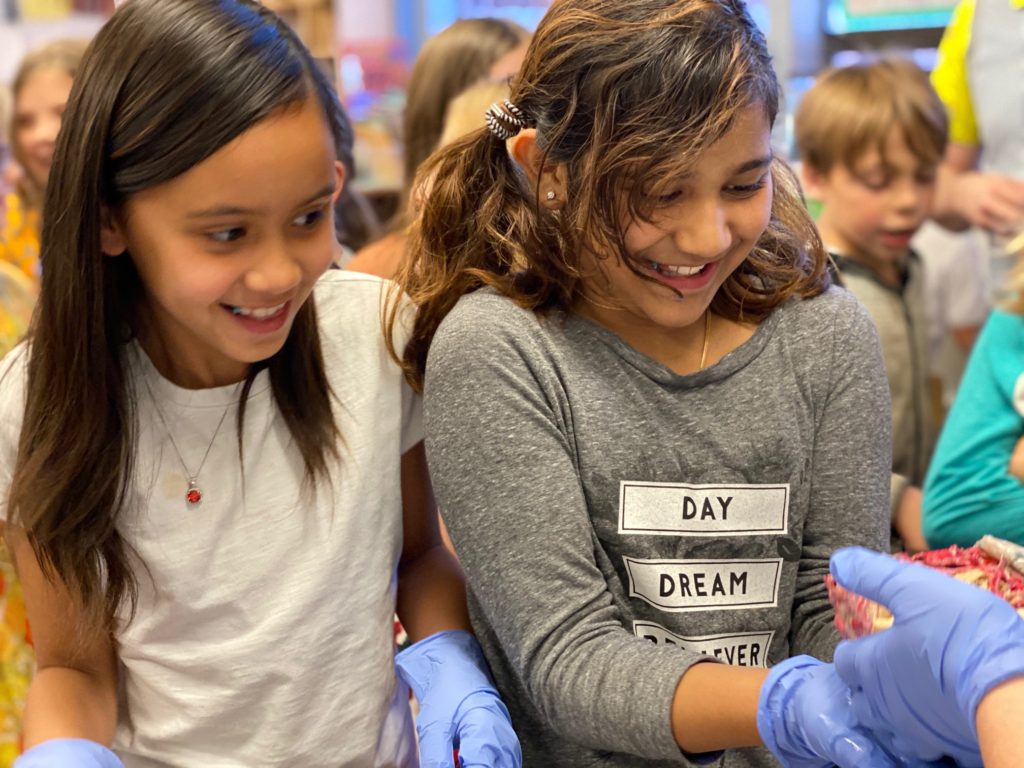
LEARN MORE: PSU professor awarded $3.3M to study impact of kindergarten readiness program
How I got into research as an undergraduate
Spring term of 2022 my advisor told me that there is an Interdisciplinary Neuroscience Minor for Psychology students and I was overjoyed. At the time I had a Criminology minor even though I really wanted to focus on neuroscience. I knew I had to make the switch so I emailed Dr. Andy Mashburn, the Chair of the Psychology department, and started figuring out how I was going to get into this minor.
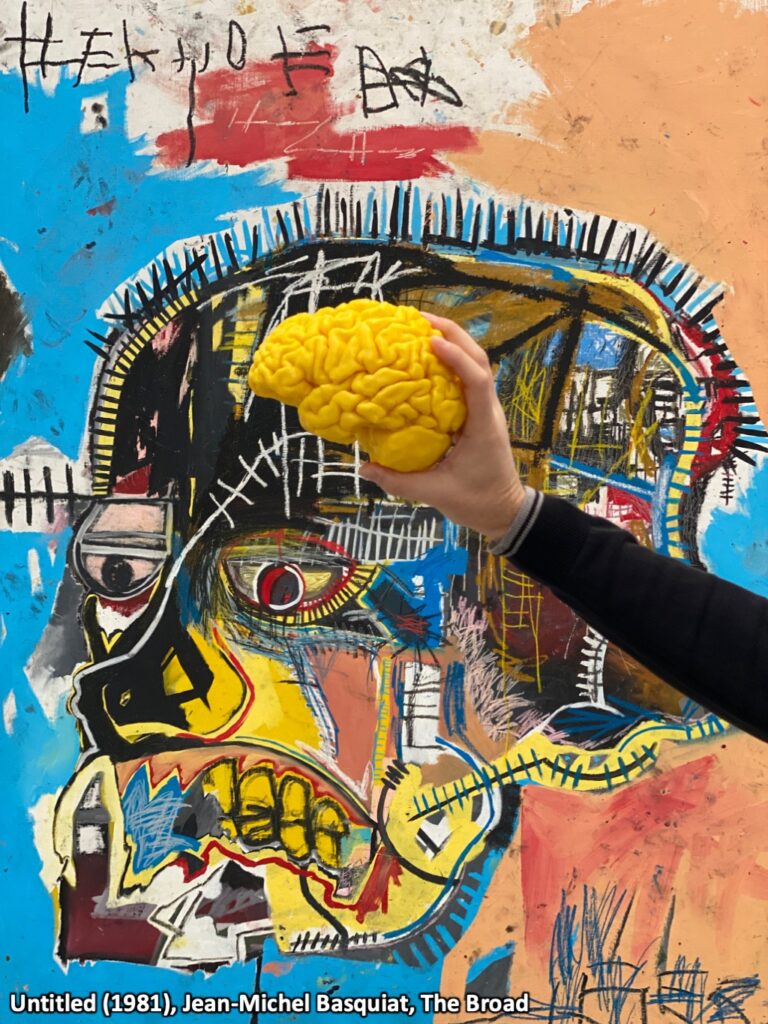
LEARN MORE: Interdisciplinary Neuroscience minor @ PSU
LEARN MORE: NW Noggin Interdisciplinary Neuroscience outreach opportunities @ PSU
During the spring term, I was also taking a Human Development class. At the end of the term, my professor told us about this research opportunity that we could apply to be a part of. It had to do with mindfulness and cognitive-based learning so I was immediately interested. I applied and eventually was accepted as a research assistant. Two other major pluses were that it fulfilled my research requirement for the minor and it was paid.
LEARN MORE: Meditation and Mindfulness: What You Need To Know (NIH)
LEARN MORE: Undergraduate Research Experiences @ PSU and elsewhere
LEARN MORE: Support for Undergraduate Neuroscience at the NSF and NIH
LEARN MORE: What is research like?
Going into this research I was interested in how mindfulness might help facilitate growth in children’s social, emotional, and cognitive abilities. I was also curious to learn how research had been impacted by the pandemic. When I started researching and observing what are essentially “COVID babies” I saw how much a mindfulness-based learning curriculum could benefit both children and teachers.
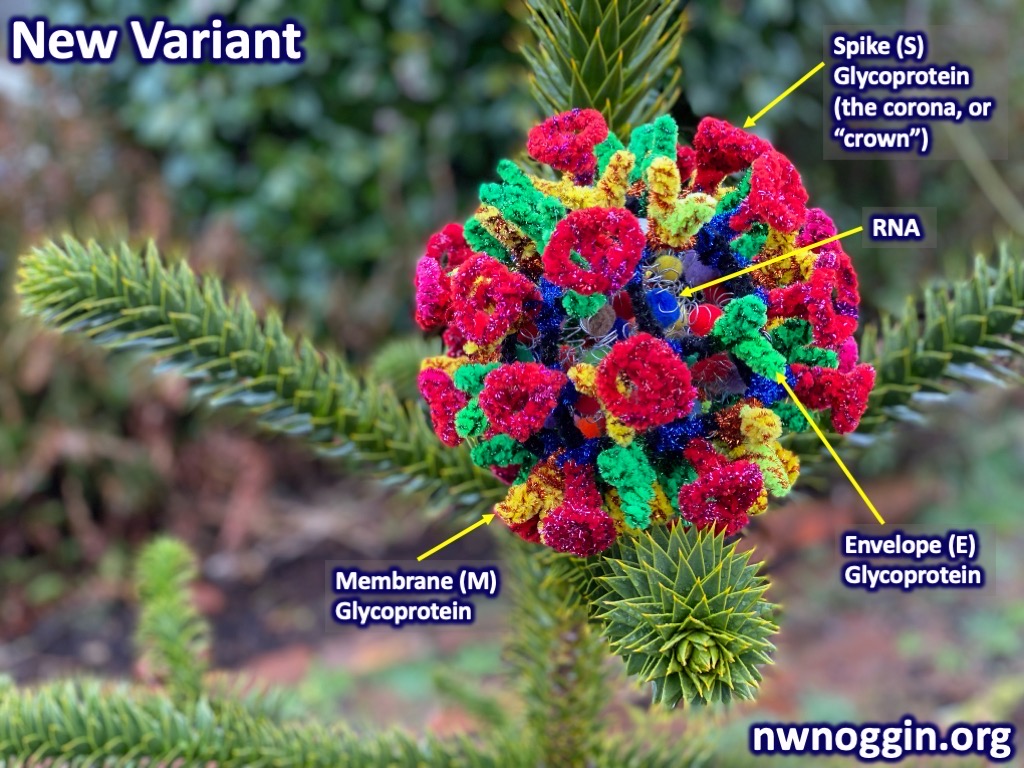
LEARN MORE: The Impact of the COVID-19 Pandemic on the Extramural Scientific Workforce
LEARN MORE: Consequences of the COVID-19 Pandemic on Children’s Mental Health
LEARN MORE: The impact of COVID-19 on children’s lives in the United States
Mind Up
Before I continue, let me tell you a little about the research project.
“Central to our work and our goal of finding solutions to global problems is the concept of mindfulness, a technique for focusing attention objectively on the here and now.”
— Goldie Hawn
The Mindfulness Pre-K Project is using MindUp, a classroom curriculum based on four scientific pillars: (1) neuroscience, (2) social-emotional learning, (3) positive psychology, and (4) mindful awareness. Curriculum activities are aimed at building awareness and self-regulation skills that increase a child’s academic performance, self-control, empathy, and optimism.

LEARN MORE: What is MindUp?
LEARN MORE: Thankful for brains
LEARN MORE: Two-Year Impact of a Mindfulness-Based Program on Preschoolers’ Self-Regulation and Academic Performance
Mindfulness practice changes the brain
There is evidence that mindfulness practice leads to changes in the brain. The production of chemicals associated with mood can be altered through mindfulness, according to some research. In addition, we are aware that being mindful leads to changes in connections between different regions of the brain.
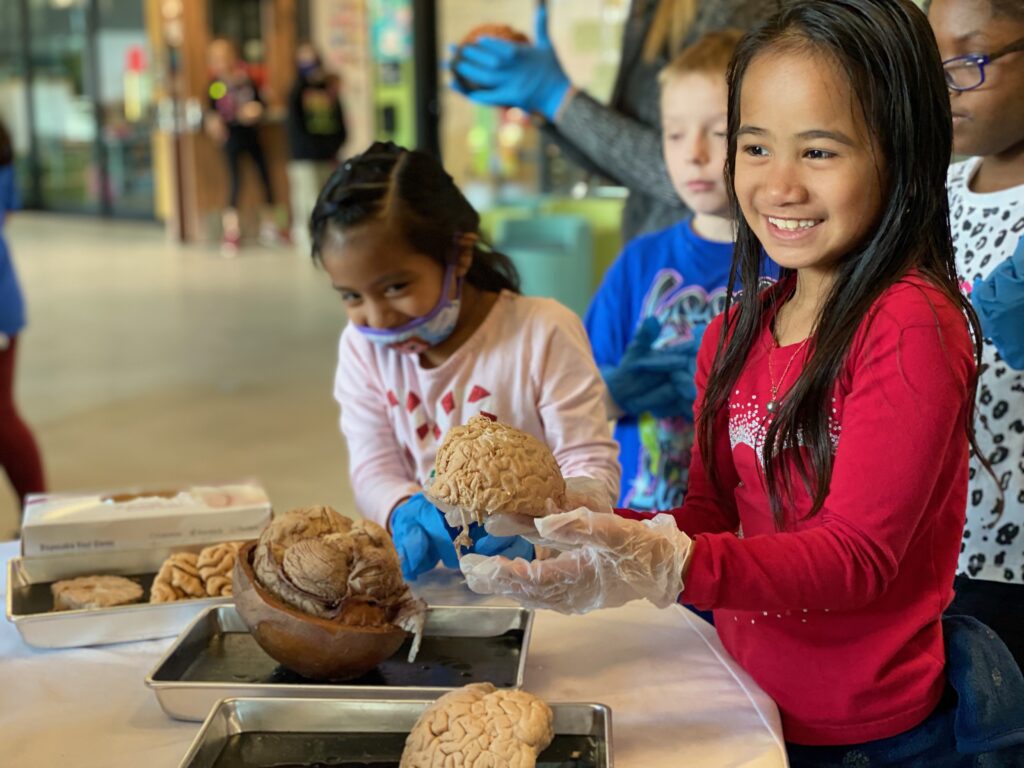
LEARN MORE: The Mindful Brain and Emotion Regulation in Mood Disorders
LEARN MORE: Mindfulness and Emotion Regulation: Insights from Neurobiological, Psychological, and Clinical Studies
LEARN MORE: Effects of Mindfulness on Psychological Health: A Review of Empirical Studies
Planning, problem-solving, and controlling your emotions involve engagement of networks in the prefrontal cortex. As a result of practicing mindfulness, gray matter in this area can become thicker, impacting brain organization and activity.
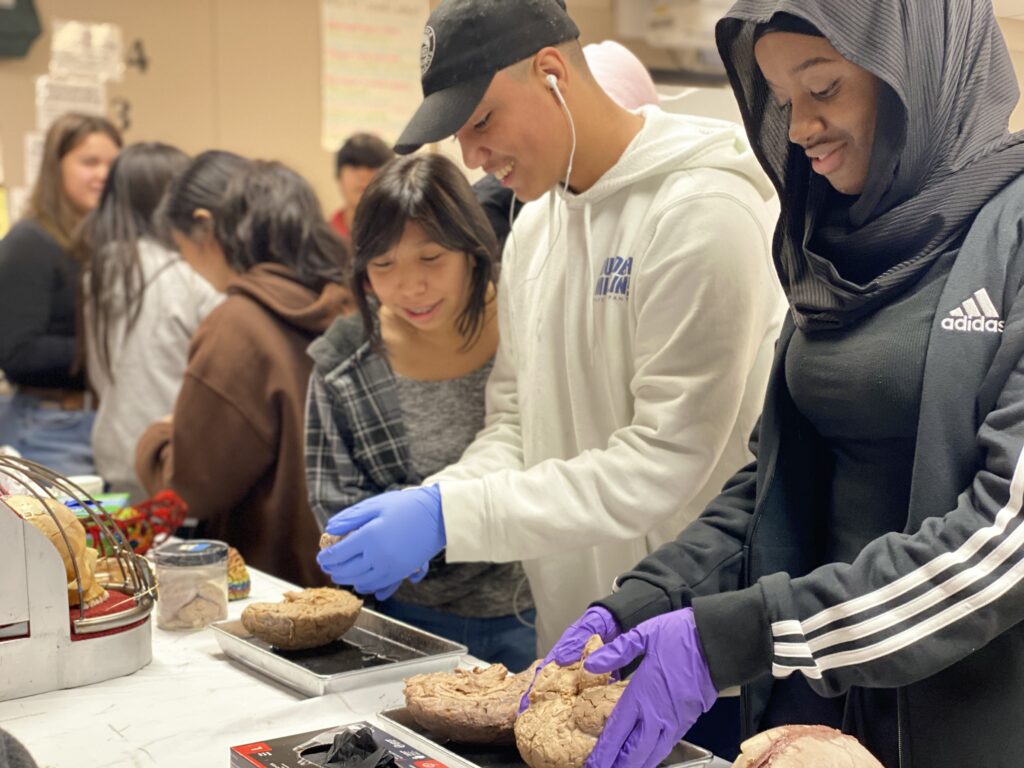
LEARN MORE: Mindfulness practice leads to increases in regional brain gray matter density
LEARN MORE: Brief Mindfulness Meditation Induces Gray Matter Changes in a Brain Hub
LEARN MORE: Mindfulness related changes in grey matter: a systematic review and meta‐analysis
The gray matter in your brain’s amygdala – a region associated with emotional reactivity and stress – can shrink after practicing mindfulness. Meditation has also been shown to cause similar brain changes.
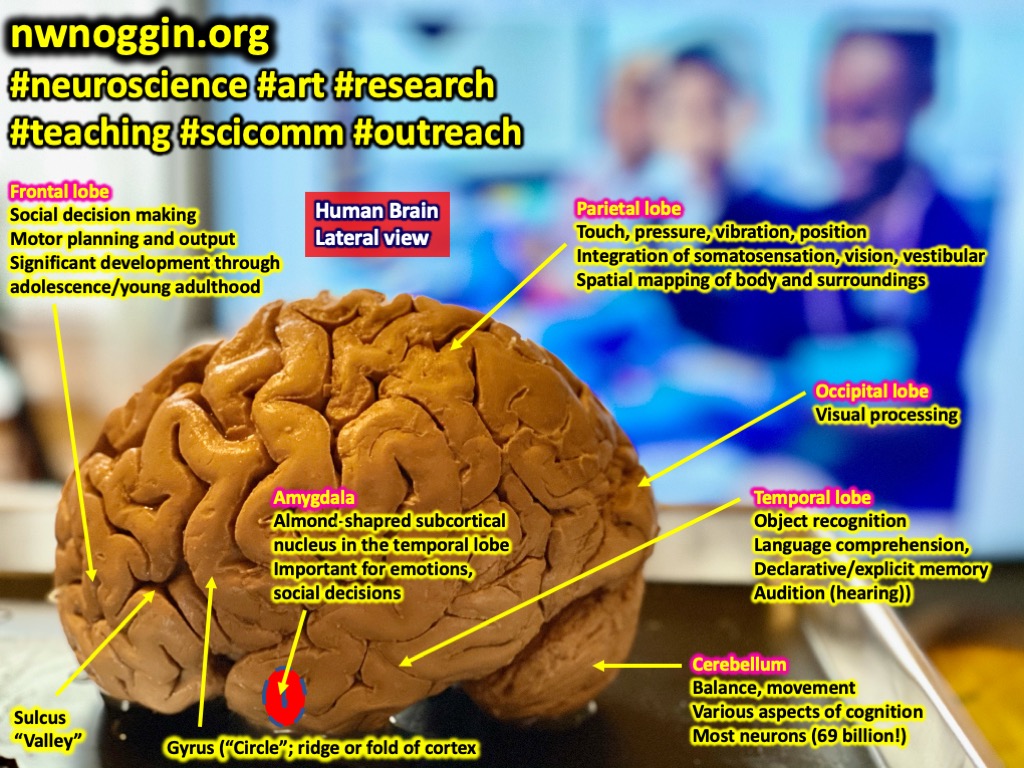
LEARN MORE: Biologic effects of mindfulness meditation
LEARN MORE: Impact of short- and long-term mindfulness meditation training on amygdala reactivity
LEARN MORE: Mindfulness meditation training alters stress-related amygdala resting state functional connectivity
Our goal is to see if mindfulness-based learning in Pre-K programs affects children’s cognitive and social-emotional mindsets going into kindergarten and further.

LEARN MORE: Teach Kids About Mindfulness
LEARN MORE: How Mindfulness Helps Urban School Kids
LEARN MORE: Mindfulness in the Classroom
How has the pandemic impacted children?
At the beginning of the pandemic, the kids that we are observing were for the most part just being born. While older kids had time, pre-pandemic, to learn their social, emotional, and cognitive skills, these kids were growing up in a very different environment.
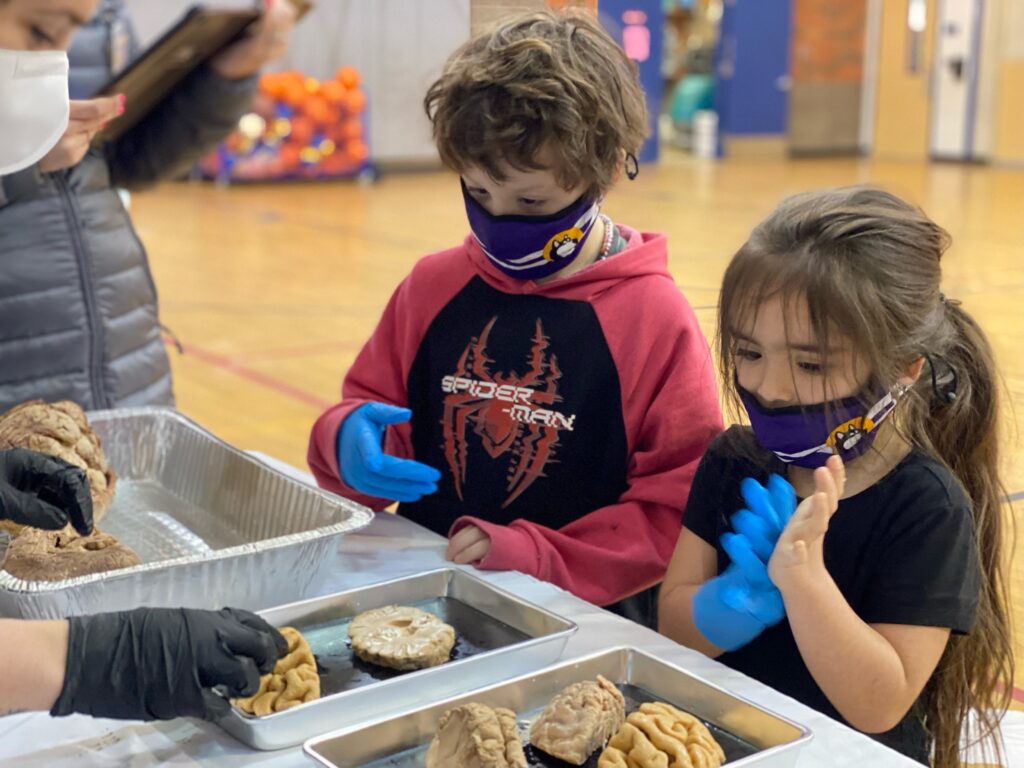
Science journalist Melinda Moyer recently wrote about the pandemic’s cognitive impacts on children. She describes the experience that Dani Dimutriu had while talking to her colleague, Morgan Firestein, a post-doctoral researcher at Columbia University. Firestein noted that infants born during the pandemic scored lower on measures of gross motor, fine motor, and communication skills compared to those born before COVID-19 (both groups were assessed by parents using an established questionnaire).
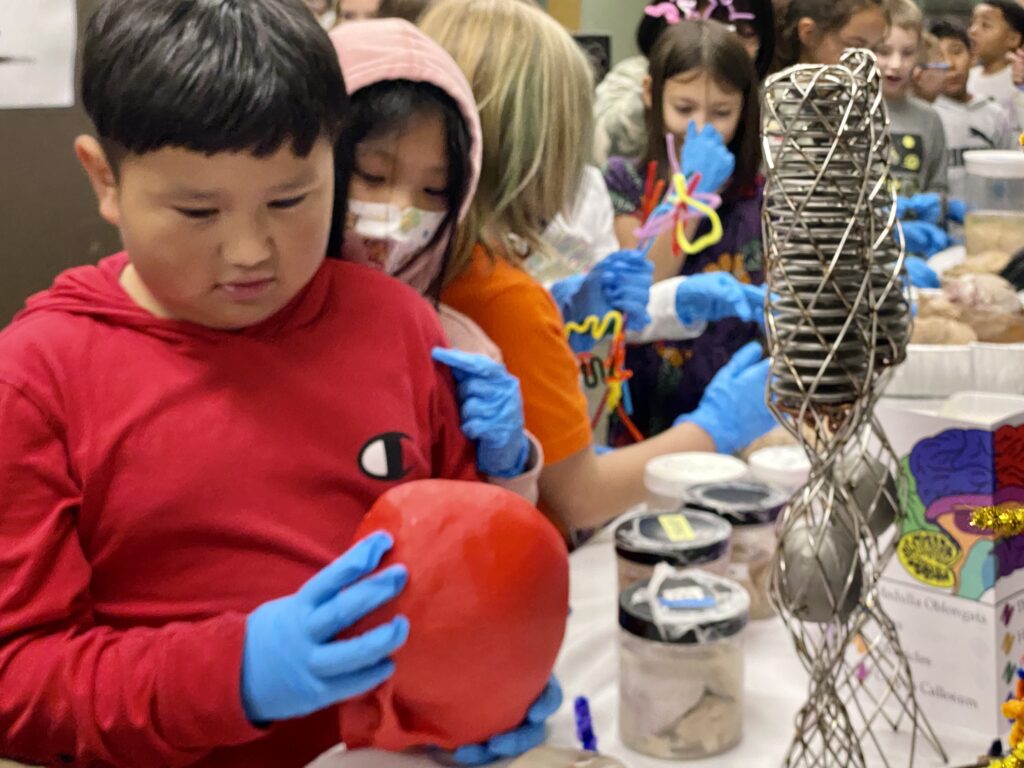
LEARN MORE: Babies Born During Pandemic’s First Year Score Slightly Lower on a Developmental Screening Test
The first three years of a baby’s life are extremely important when it comes to the development of their brains. Even though these children we are looking at spent one of those years without a pandemic, they still had two of those years during the pandemic and we are potentially seeing some impacts.
LEARN MORE: Pandemic challenges may affect babies — possibly in long-lasting ways
Something I noticed personally when I walked alone with the kids from the second floor down to the office on the first floor is that they seem to be more trusting of strangers than I had expected. These kids are four years old, and most of their cognitive life has occurred during COVID, and I expected them to be a little more hesitant towards new people. I didn’t expect them to be as engaged as they have been. I am happy that the pandemic seemingly hasn’t affected their social skills as much as I assumed it would.
One assessment we have kids do is known as Heads, Toes, Knees, Shoulders.
In this task, we ask them to do the opposite of what we tell them to do during the task. For example: if we tell them to touch their head they actually have to touch their toes.
The majority of the children I worked with, as well as the children that other research assistants in the study worked with, had an extremely difficult time performing this task and many couldn’t even finish all the way through. Graduate research assistants who were a part of this study before COVID told me that kids in 2019 did not have as many problems with this task. I wonder if COVID has affected this aspect of their cognitive processing ability.
LEARN MORE: Head-Toes-Knees-Shoulders (HTKS) Measure of Self-Regulation
LEARN MORE: Head-Toes-Knees-Shoulders (HTKS) Research Article Bank
LEARN MORE: Head-Toes-Knees-Shoulders Task: Predicting Academic Success in Early Childhood Education
LEARN MORE: The Head-Toes-Knees-Shoulders Revised: Links to Academic Outcomes and Measures of EF in Young Children
My research experience
Being a part of this research team has really been incredible.
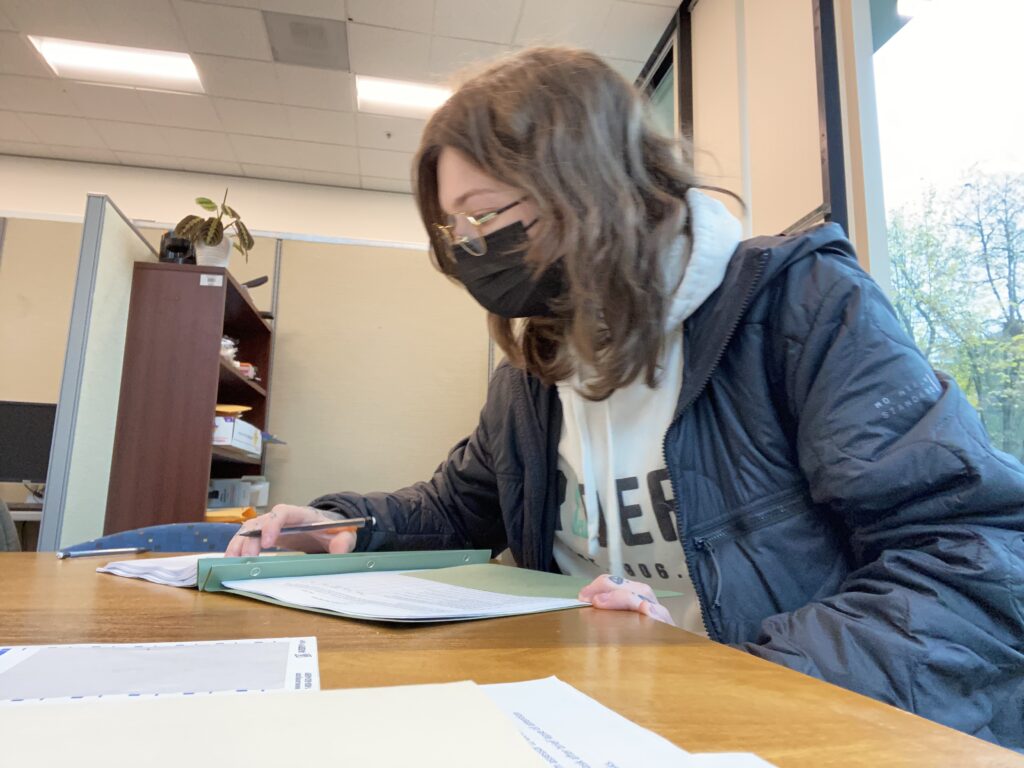
I’ve connected with other students and professors who are interested in the same topics I am while gaining valuable research skills. Working with kids, teachers, and other research assistants I realized how much COVID has impacted not only the research itself but also the children we are learning about.
I’ll leave you off with a quote from Jon Kabat-Zinn who is a Professor of Medicine emeritus at the University of Massachusetts Medical School, where he founded its Mindfulness-Based Stress Reduction (MBSR) Clinic and Center for Mindfulness in Medicine, Health Care, and Society.
“Mindfulness is about love and loving life. When you cultivate this love, it gives you clarity and compassion for life, and your actions happen in accordance with that.”
— Jon Kabat-Zinn
LEARN MORE: Everyday Mindfulness with Jon Kabat-Zinn


